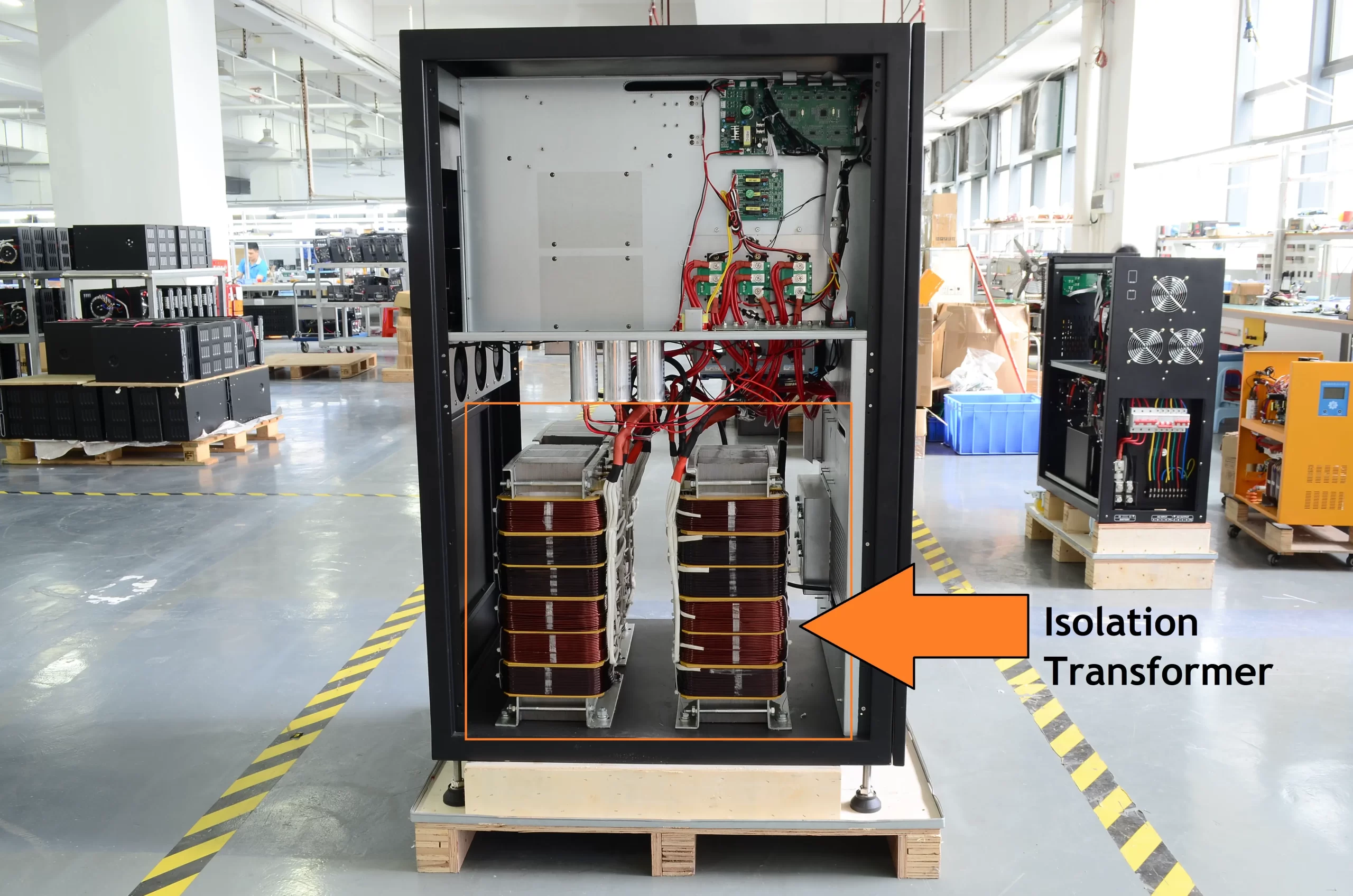Around the world, wind farms exist.
These wind farms have provided a steady stream of green power for various regions’ economic development.
I believe that many friends have had such doubts: This windmill turns so slowly. How many kilowatt-hours can wind blades produce in one turn?
How much electricity can a windmill produce in one revolution?
To answer this question, we must first start with the principle of wind turbine power generation.


Wind turbines are composed of basic components such as impellers, nacelles, and towers.
Its power generation principle is very simple: the unit uses the wind force to drive the windmill impeller to rotate, and converts the wind energy into mechanical energy, and the generator converts the mechanical energy into electrical energy.
Then the electrical energy is transmitted to the booster station of the wind farm through the collector line, and then delivered to the power grid, which can become clean wind power used by thousands of households.

But a wind farm consists of dozens or even hundreds of windmills. How do so many windmills work?
Each windmill is controlled by the main control room, the “central brain” of the wind farm.
The staff responsible for the operation of the wind turbines monitor 24 hours a day to ensure the safety and health of the windmills.
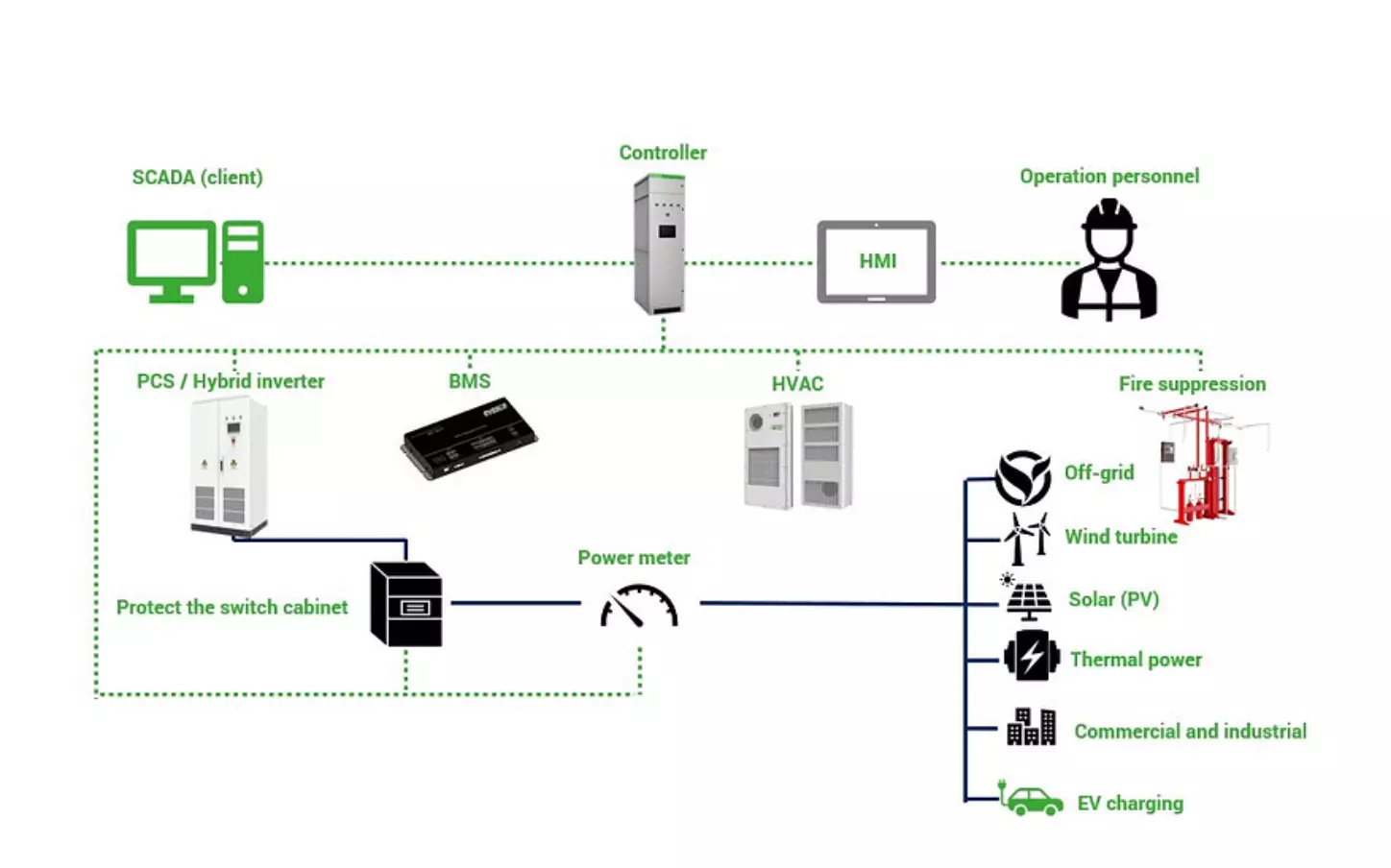
Let’s go back to the beginning question, how much electricity can be generated by the windmill leaves turning around?
Under normal circumstances, as long as the wind speed reaches 3 m/s (the feeling of a breeze blowing on the face), the windmill can rotate to generate electricity.
However, for continuous and stable power generation, installing it at a place where the average wind speed is at least 5 m/s is necessary.
Taking a 1500-kilowatt fan unit as an example, the wind blades are about 35 meters long (about 12 stories high).
It takes about 4-5 seconds for the wind turbine to make one revolution (but at this time, the wind blade tip speed can reach more than 280 kilometers per hour, which is comparable to high-speed rail), and it can generate about 1.4 kilowatt-hours of electricity.
Under normal full power conditions, the wind power generated in one day can be used by 15 households for one year. Such a wind turbine can reduce 3,000 tons of carbon dioxide, 15 tons of sulfur dioxide, and 9 tons of nitrogen dioxide every year.
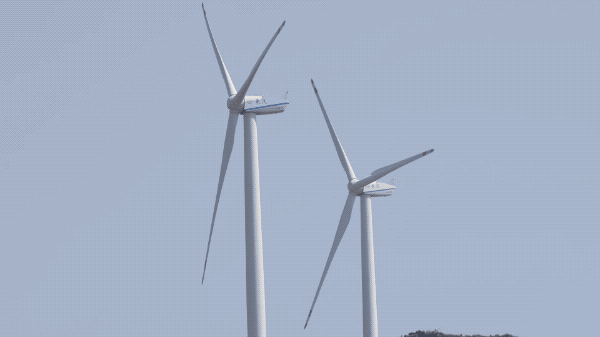
Like a wind farm in a mountainous area, the project has a total land area of 1.6727 hectares. It installs 28 wind turbines with 1,500 kilowatts single-unit capacity.
Does wind power depend on the size of the wind?
According to the law of conservation of energy, it is true that the higher the wind speed, the more electricity will be provided.
But when the wind speed reaches a certain value, our wind energy converter will be damaged due to excessive strength, and in fact, the power generation does not depend on the wind blades speed.
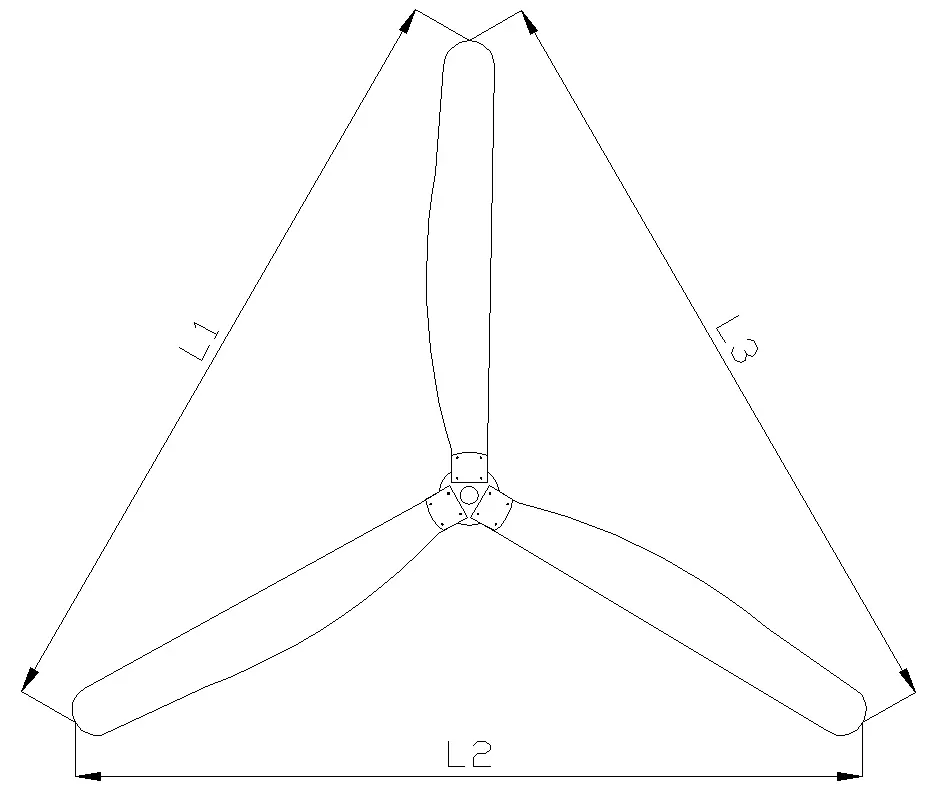
Because there is a device similar to a car gearbox in the wind turbine unit, for example, if the gearbox is set to 1st gear, even if the blades rotate very fast (equivalent to stepping on the accelerator).
It is still relatively difficult to drive them to the generator device through the gearbox.
With such a device, the direction change also plays a protective role against a constant low speed (equivalent to a car that is not driving fast).
In the case of a constant speed of the wind blades, the power of the blade will increase as the force on the blade increases.
The larger wind blades, the greater the power and power generation.
Then the problem came again. The wind is free and uncontrollable, it doesn’t just blow in one direction.
Don’t worry, the wind turbine head is integrated with a sensor and a YAW system.
Once the wind vane and anemometer collect changes in wind direction and wind speed, the YAW system will urge the YAW motor to adjust the position of the cabin.
This is so that it can align with the wind direction smoothly. Use wind energy efficiently.
Onshore and off shore wind:
Wind power is also subdivided into onshore and off shore wind.
For example, The Whitelee Wind Farm, located in Scotland, is an onshore wind power case.

And Lake Erie Wind Farm is an offshore wind energy case.
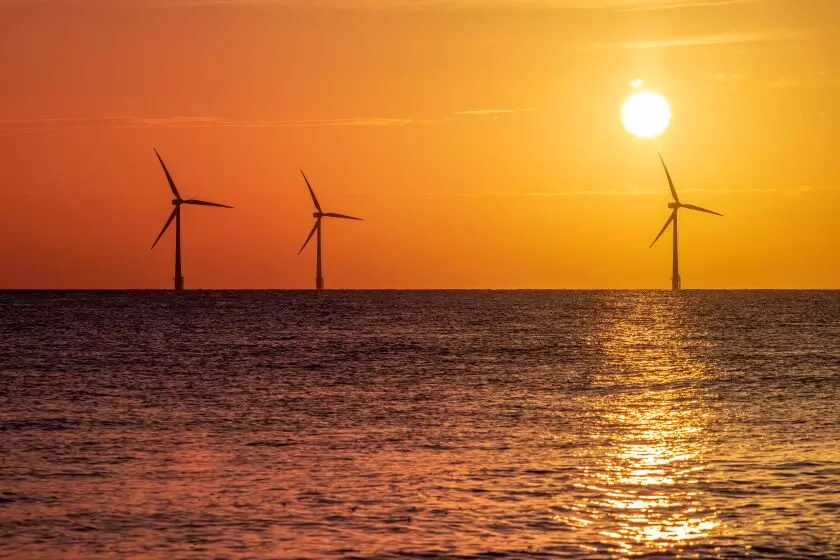
There is a big difference in construction costs between the two.
Generally speaking, the construction cost of offshore wind farms is twice that of onshore wind farms, and the operation and maintenance costs are 2-4 times that of onshore wind farms.
This is mainly due to poor offshore construction conditions and high construction difficulty.
In addition, offshore wind power is far away from the shore.
Unfavorable sea conditions such as typhoons and storm surges will also have a significant impact on wind power operation and maintenance.
Why develop offshore wind power?
The sea is vast and has abundant wind energy resources.
Offshore wind power generation has high utilization hours, does not occupy land, consumes water resources, and is suitable for large-scale development.
Power generation efficiency is generally 20%-40% higher than land wind power. In other words, the potential is “leveraged”. Wind power has a great deal of potential to reduce carbon emissions.
At the same time, we can use wind energy and solar energy to generate electricity together, build solar panels on the vast sea, and save land resources.
Advantages wind energy:
Wind energy is a renewable energy source, very environmentally friendly.
Moreover, wind energy facilities have less impact on the ecological environment. Although the initial investment is large, compared with hydropower and thermal power, the later maintenance and management costs are extremely low.
It is currently one of the power generation methods with the most mature technology, the most large-scale development conditions, and commercial development in the field of new energy.
The wind is an intermittent renewable energy source. Its power varies greatly over a short period of time but is relatively stable for a long time.
Wind power cannot increase or decrease power generation according to demand, and it cannot be used as a base load power source.
Therefore, wind power must be used with other power sources or storage facilities to provide a stable power supply.
As wind power increases in the region, more renewable energy sources such as solar power, biomass power as backup, or grid upgrades may be required.
Power management technologies can solve these problems.
These technologies include dispatching different renewable energy sources and generating units with different geographical distributions, importing and exporting power to adjacent areas, and storing energy.
Therefore, we are currently exploring how to achieve large-scale new energy consumption.
More related questions:
You can click on the orange text to jump to the corresponding article for reading
1-How to solve the noise of wind turbines?
2-How to troubleshoot and maintain a wind generator?
3-How does the 30kW wind power system supply power to the amusement park?
4-How to realize the practical application of wind-solar hybrid?
5-How much is the price of wind power and solar energy system?
6-8 wind power cold knowledge.






